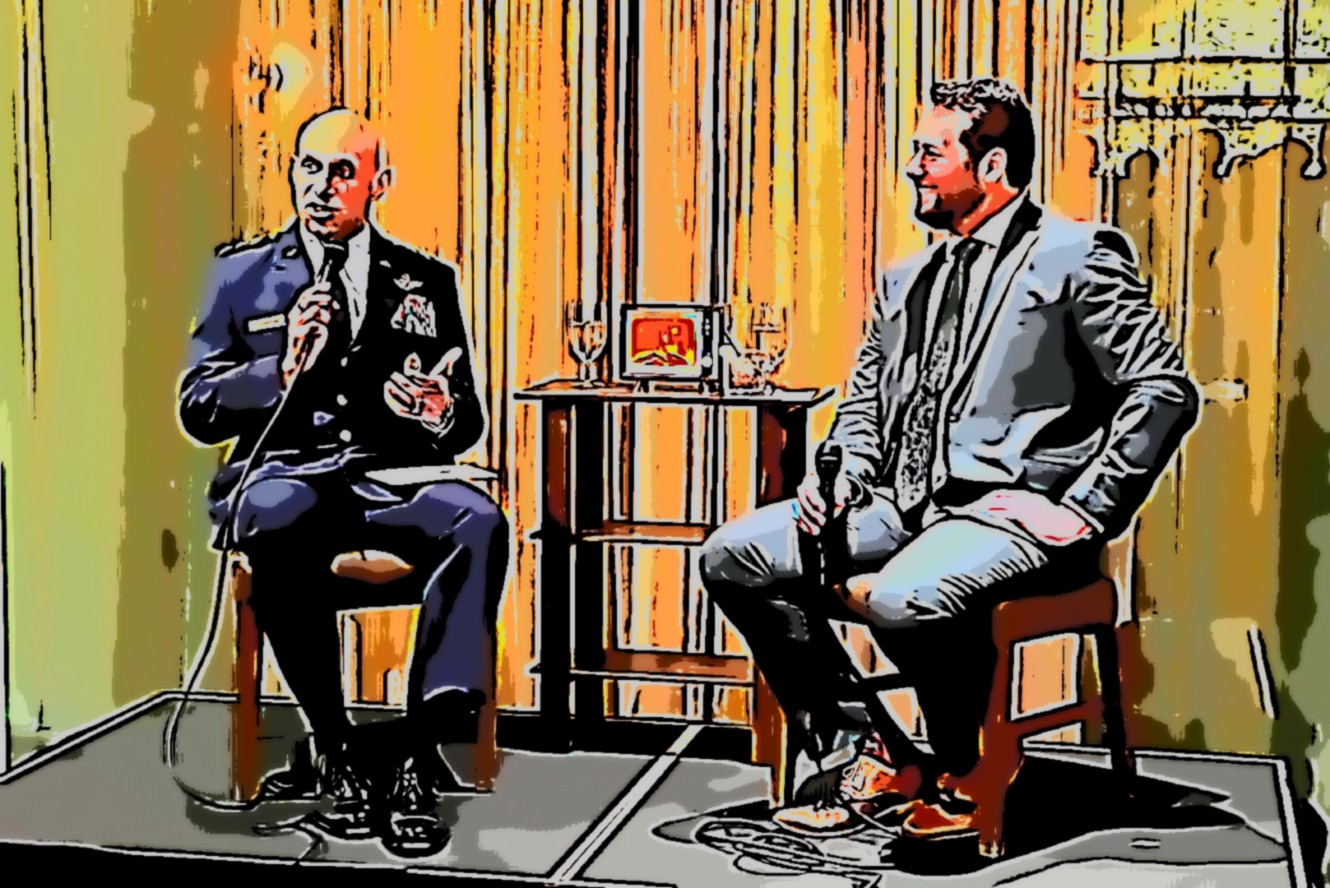- Select a language for the TTS:
- UK English Female
- UK English Male
- US English Female
- US English Male
- Australian Female
- Australian Male
- Language selected: (auto detect) - EN
Play all audios:
ABSTRACT THE latter half of the nineteenth century saw the foundations laid of modern knowledge of bird migration, and Dr. Eagle Clarke was a leading exponent of the new methods in Great
Britain. The idea that birds followed definite routes had stimulated fresh collection and study of records in Europe, and when the British Association for the Advancement of Science formed a
Bird Migration Committee in 1880, Eagle Clarke was chosen to prepare the final reports, the last of which was presented to the Southport meeting in 1903. In the earlier days, intensive
observation of the movements of birds in limited areas and co-ordination of results from many areas provided the information upon which interpretation of migratory journeys depended, for
bird-ringing was not tested as a scientific method until Mortensen's efforts in Denmark in 1899. ARTICLE PDF ENJOYING OUR LATEST CONTENT? LOGIN OR CREATE AN ACCOUNT TO CONTINUE * Get
immediate access to this article * Also access the latest journalism from Nature's award winning team Access through your institution or Sign in or create an account Continue with
Google Continue with ORCiD Authors * JAMES RITCHIE View author publications You can also search for this author inPubMed Google Scholar RIGHTS AND PERMISSIONS Reprints and permissions ABOUT
THIS ARTICLE CITE THIS ARTICLE RITCHIE, J. Dr. W. Eagle Clarke, I.S.O. _Nature_ 141, 1044–1045 (1938). https://doi.org/10.1038/1411044a0 Download citation * Published: 01 June 1938 * Issue
Date: 11 June 1938 * DOI: https://doi.org/10.1038/1411044a0 SHARE THIS ARTICLE Anyone you share the following link with will be able to read this content: Get shareable link Sorry, a
shareable link is not currently available for this article. Copy to clipboard Provided by the Springer Nature SharedIt content-sharing initiative








